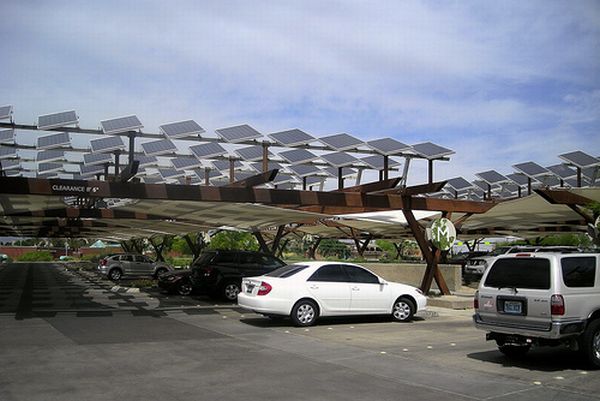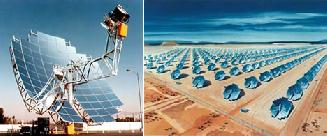 The Govt. of Washington announced that a private company, AeroVironment, would be installing fast charging stations that could recharge an EV in 30-40 minutes. The I5 is the way between Canada and Oregon, where the government is aiming to install a series of charge stations with an investment of $132 million. There will be around 2,500 charge spots in Seattle and altogether 15,000 charge stations in Oregon, Washington, Arizona, Tennessee, and California. After the completion of this project, the drivers will be able to drive the full 276 miles of I5. This will be the first network of recharging locations and first highway to offer border-to-border charging facility that will be present every 40-60 miles.
The Govt. of Washington announced that a private company, AeroVironment, would be installing fast charging stations that could recharge an EV in 30-40 minutes. The I5 is the way between Canada and Oregon, where the government is aiming to install a series of charge stations with an investment of $132 million. There will be around 2,500 charge spots in Seattle and altogether 15,000 charge stations in Oregon, Washington, Arizona, Tennessee, and California. After the completion of this project, the drivers will be able to drive the full 276 miles of I5. This will be the first network of recharging locations and first highway to offer border-to-border charging facility that will be present every 40-60 miles.
The charging spots will support mass produced electric vehicles like Ford Focus, Nissan Leaf, and Chevrolet Volt. Majority of these charging stations will be level2 type, which provides 30-40 miles after charging for an hour and the other will be level3 type, which provides 70-80 miles after charging for half an hour. Level3 type charging stations will be evenly present after specific interval at I5, especially in Washington.
These charging stations will be equipped with all the necessary amenities like restrooms, proper lightings, and other facilities. It will take at least 30 minutes to charge the vehicles, so there will be some activities as well which will keep the drivers occupied. The first charging site of the project will be build along I5 north of Everett and south of Lacey.
The biggest problem with the electric cars is a long road trip. However, when Washington joined California, Oregon, and British Columbia to construct a green highway by building the charging stations and distributing alternative fuel along the way, the problems seems to be resolved. Most of the users charge their electric vehicles at home, but if they will know that there are charging facilities available on the highway then they will be able to travel in a long trip. Apart from the highway, there is a plan to extend the chain of charging stations to the rural areas of the Central Washington. All these plans will result into a cleaner and healthier tomorrow.
Via: AutoEvolution




